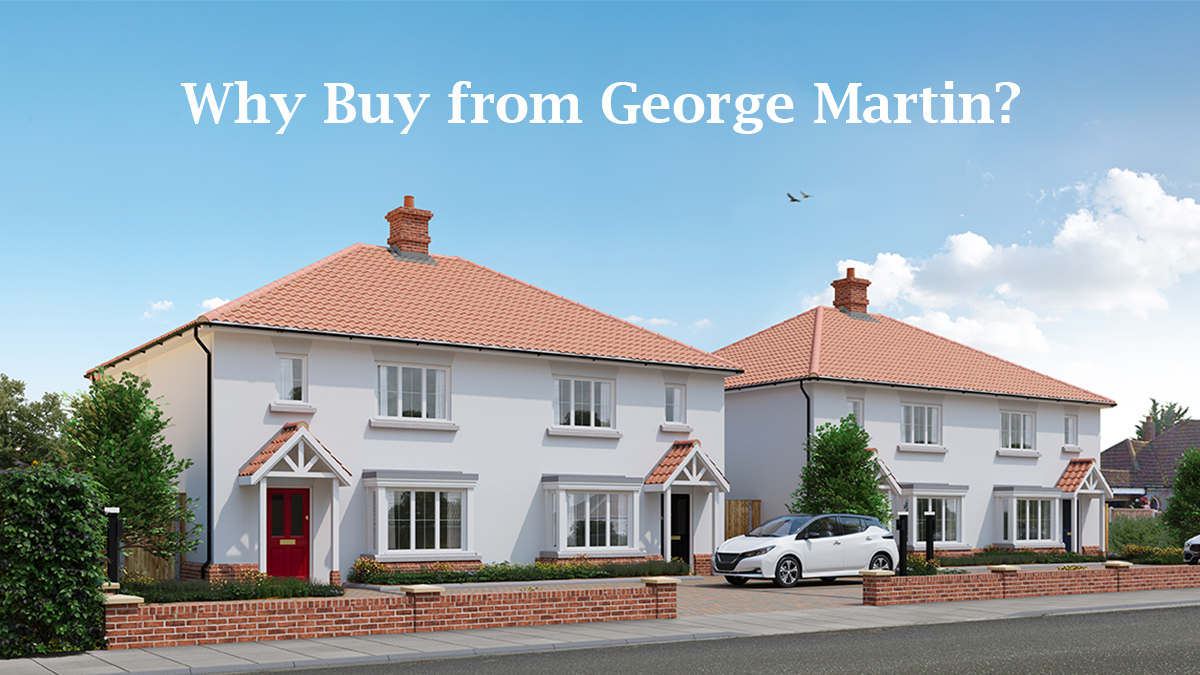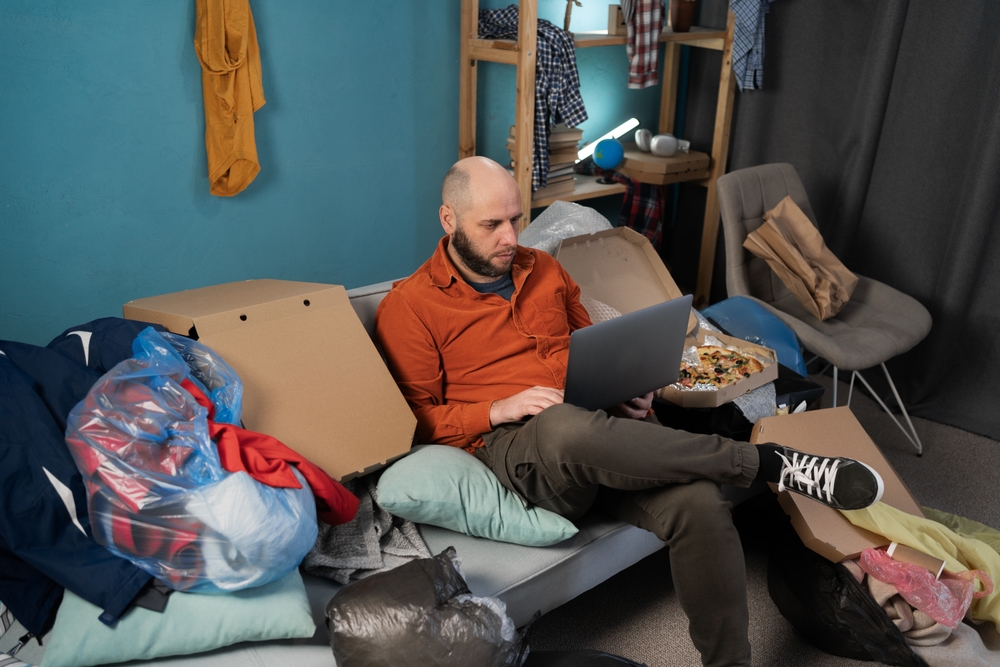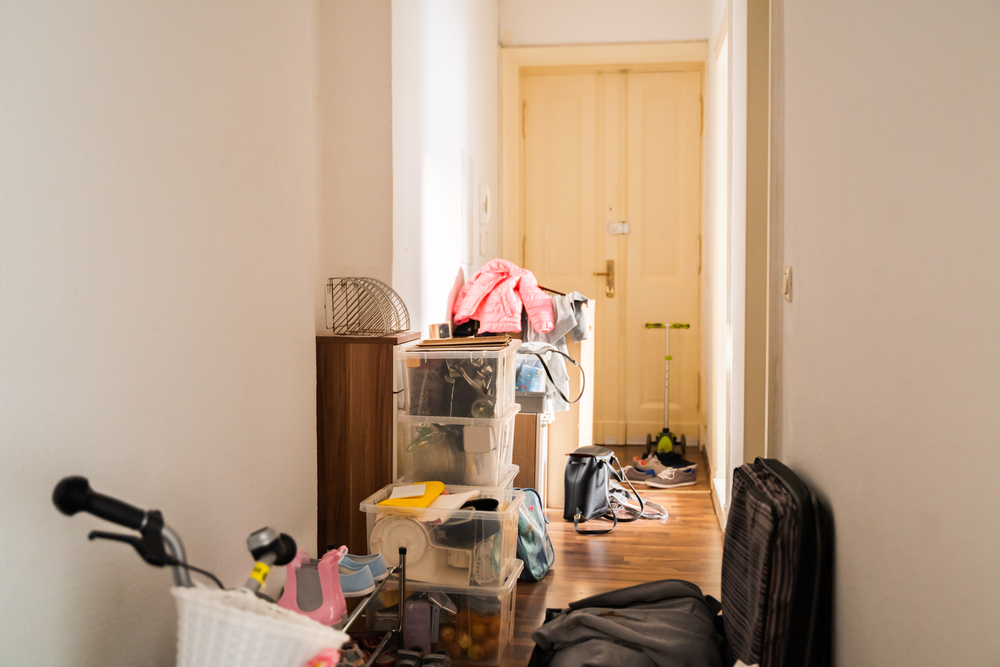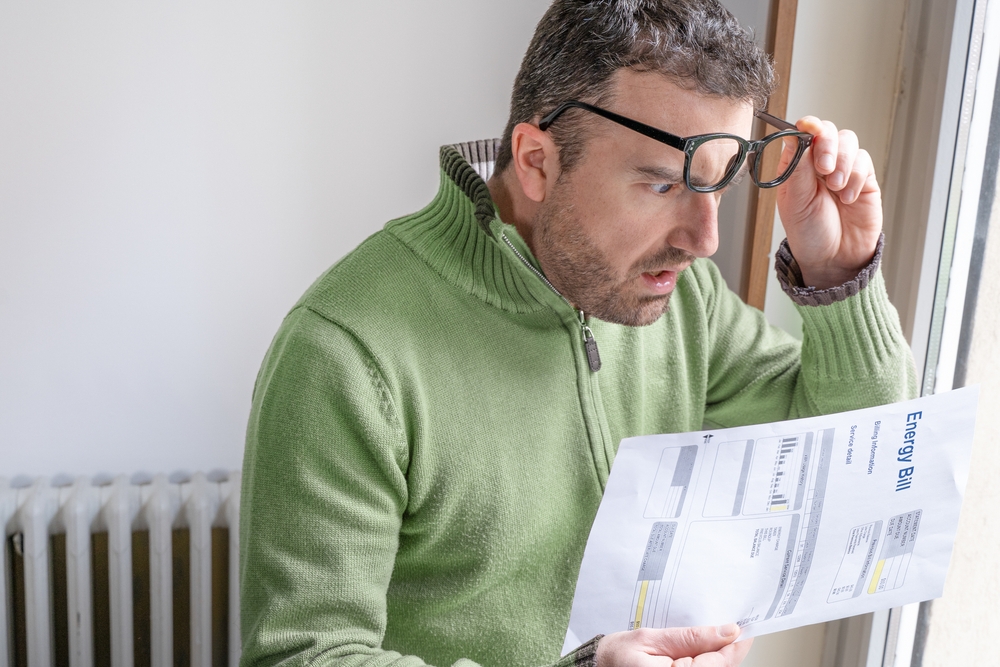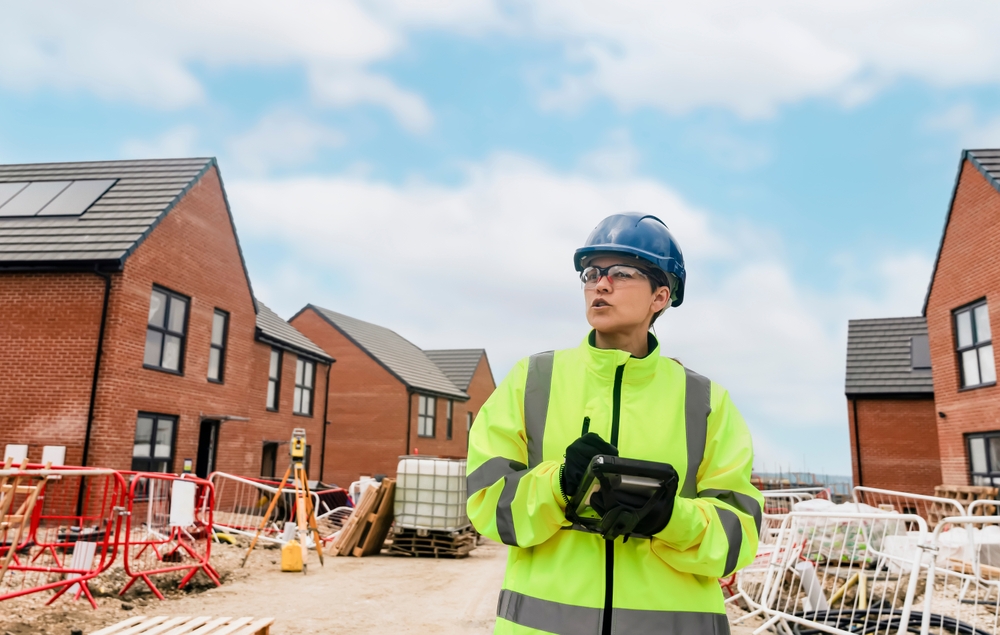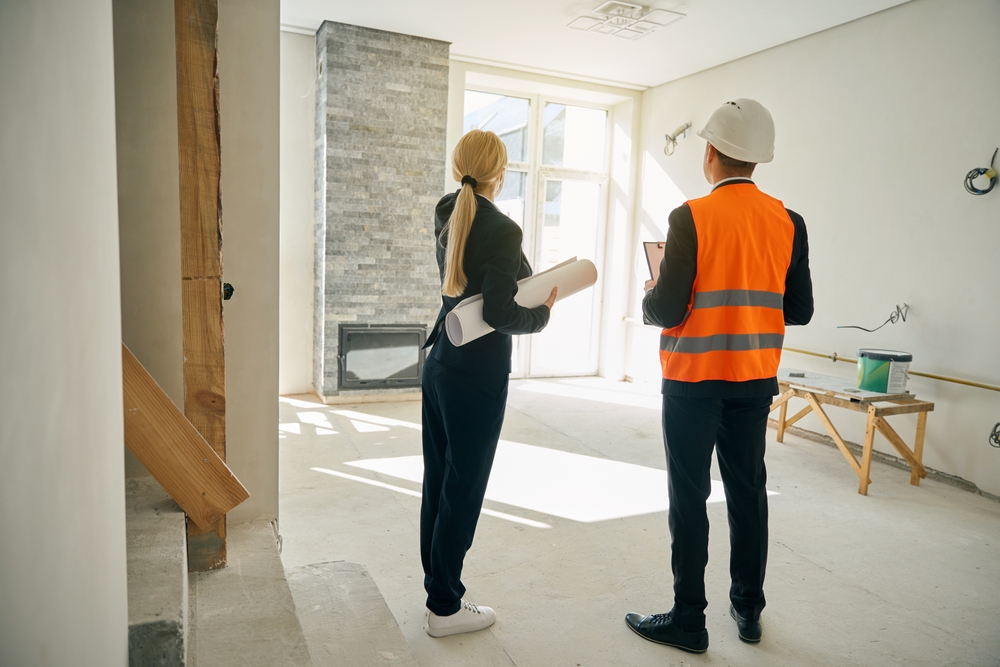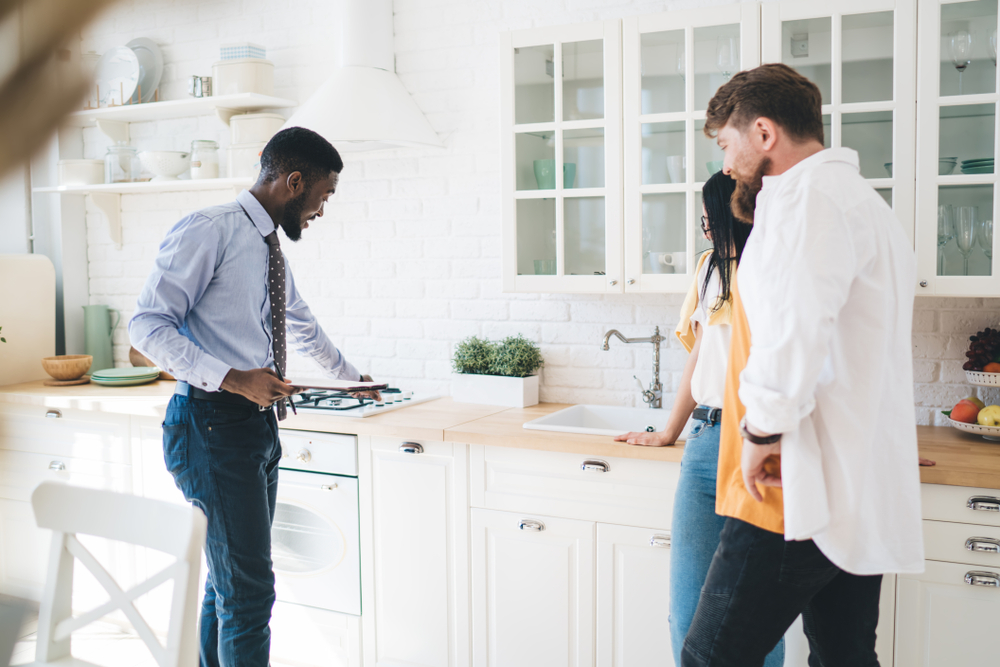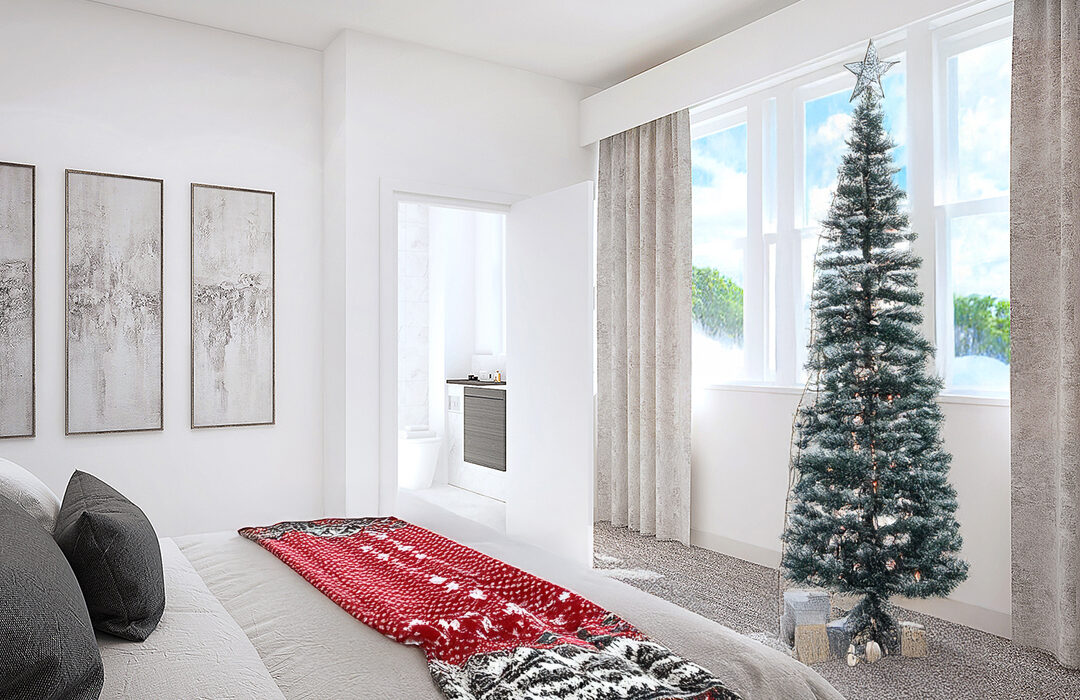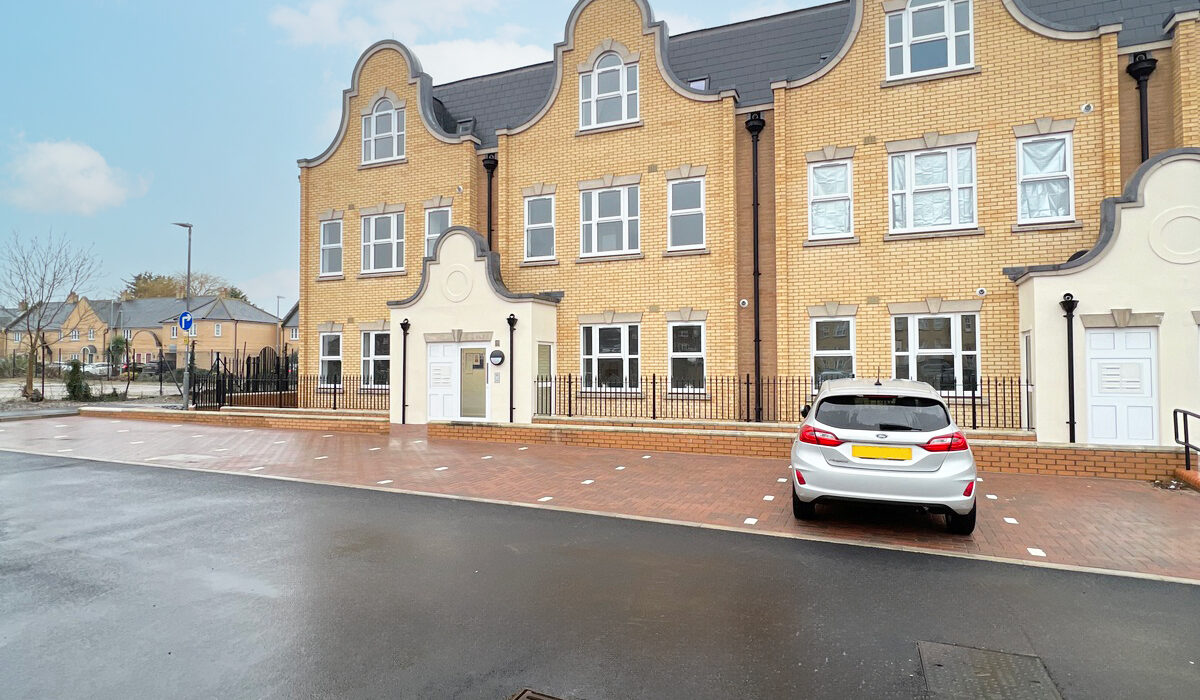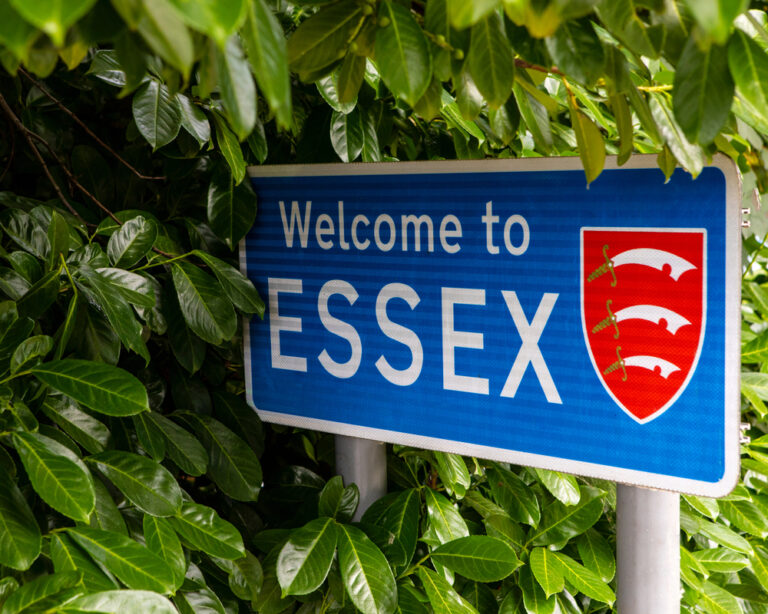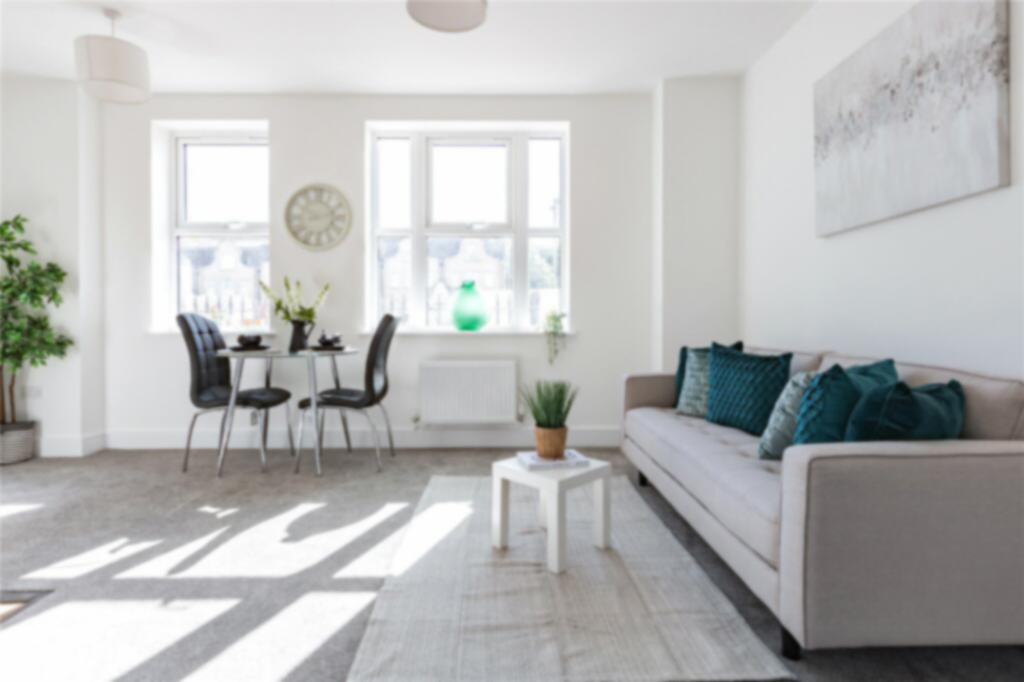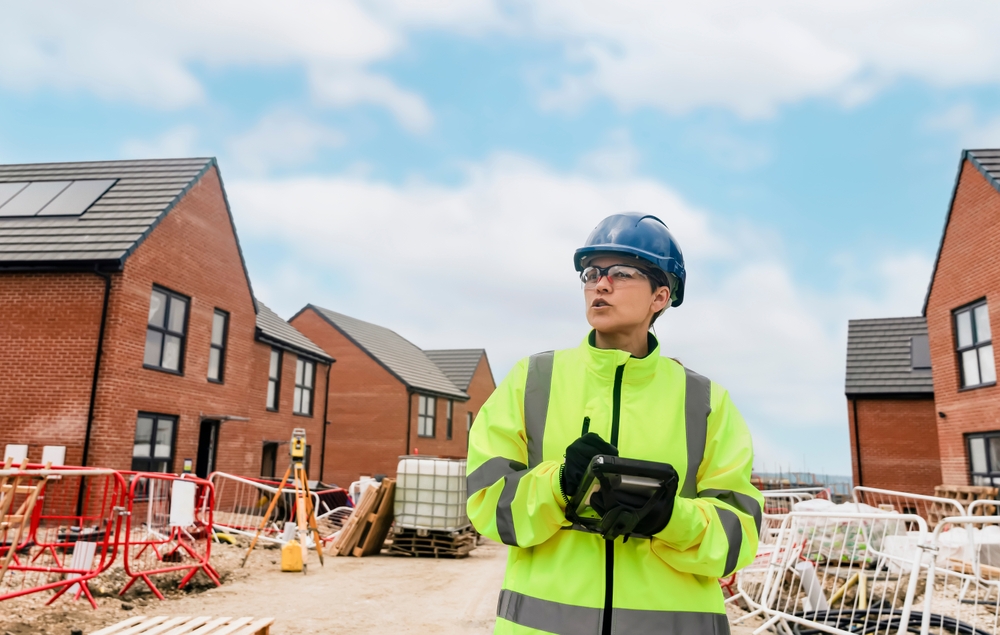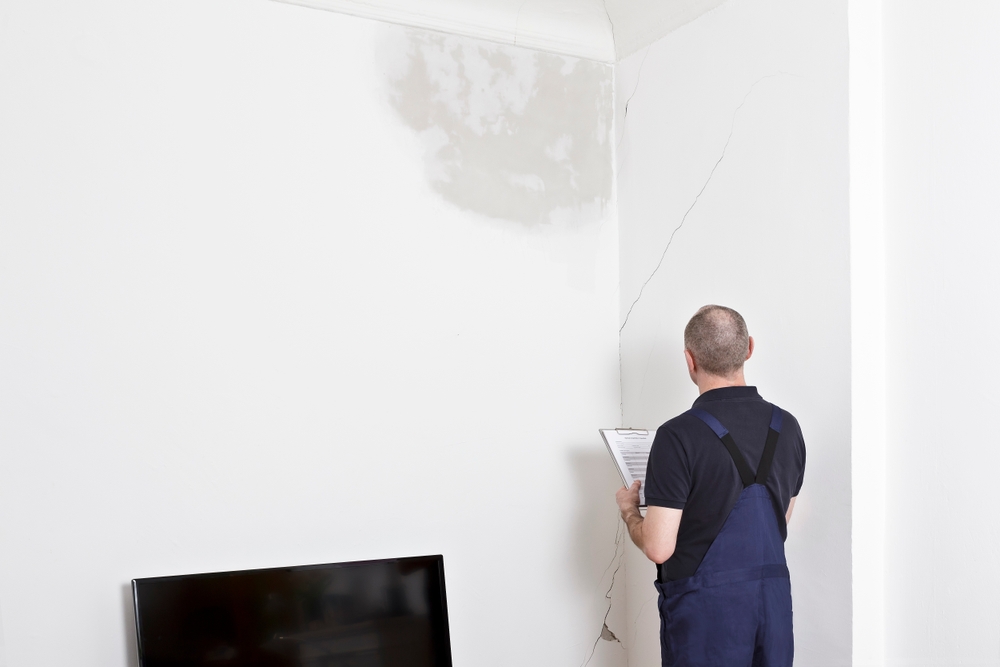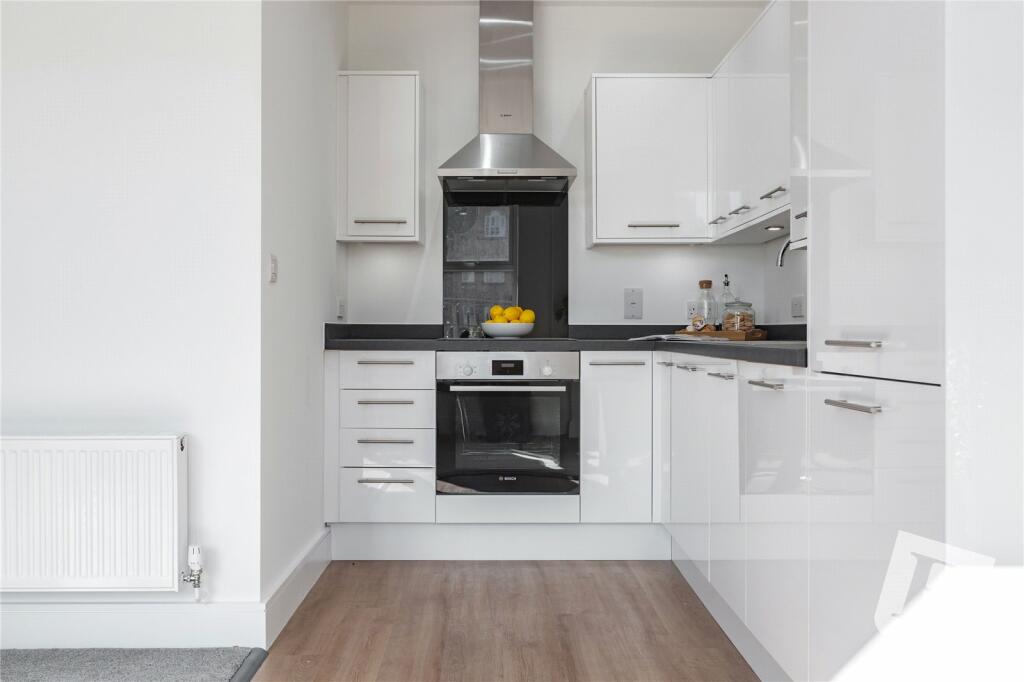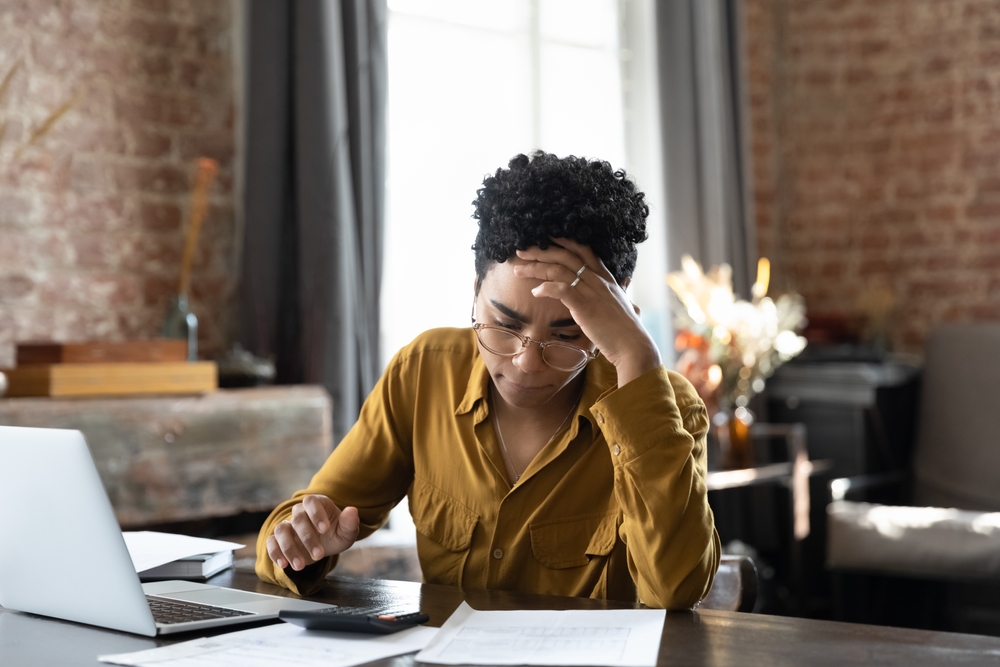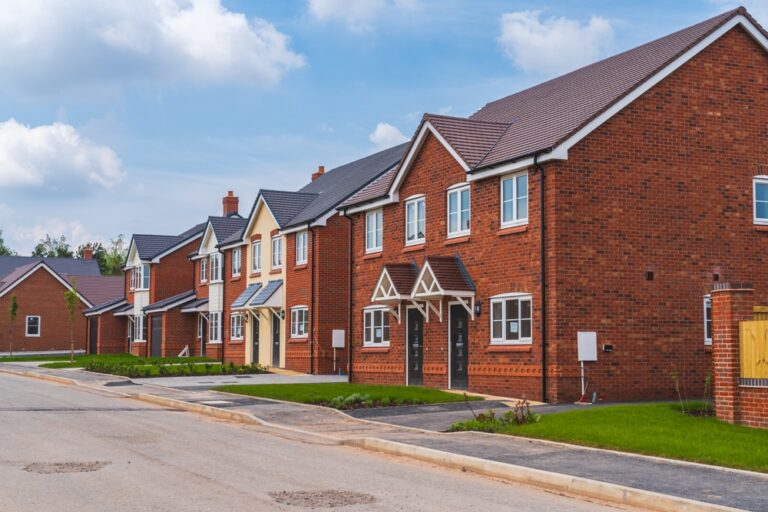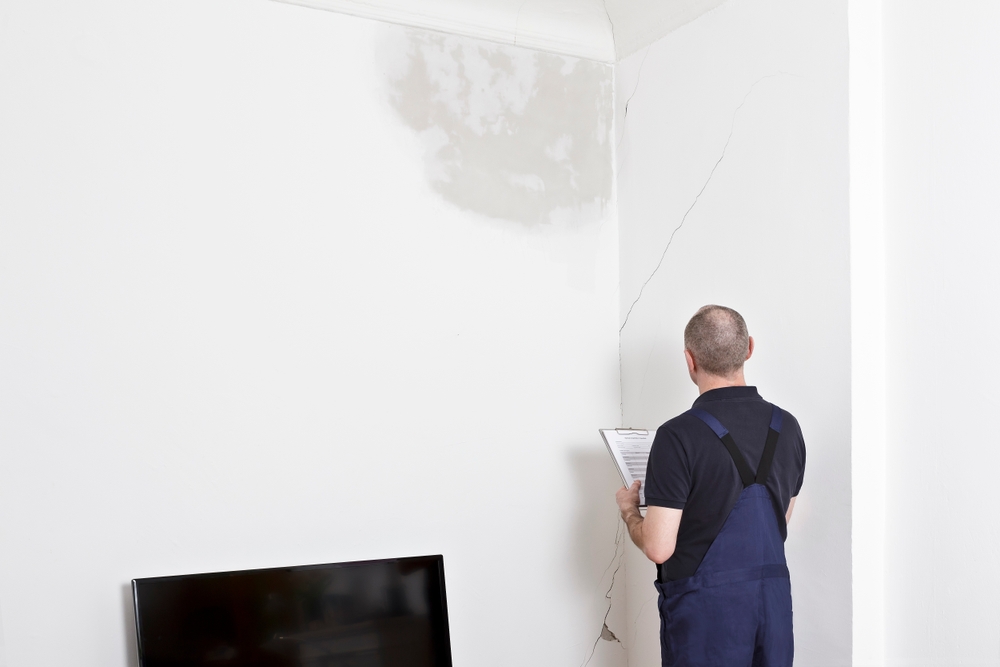Why Buy from George Martin Limited
If you are looking for a home that is well-built, beautifully designed, and backed by years of experience, George Martin Limited is a name you can trust. Founded in 1962, George Martin Limited have been in the property development industry for over 60 years. The company has developed nearly 300 residential assets and many commercial projects across Essex and surrounding areas.
George Martin Limited have been around for decades, building homes that last. With 298 residential properties completed, they know how to deliver quality and comfort. Their projects are not just buildings; they are communities where people can feel proud to live. Over the years, they have worked closely with local authorities and local builders to ensure everything is done right.
The company is known for its attention to detail and strong commitment to quality. From mixed-use properties to larger commercial projects, every development is handled with care. They take care of everything from planning applications to the final touches, making the process smooth and stress-free for buyers.
Buying a home is a big decision, and with George Martin Limited, you are choosing experience and trust. Their long history means you are getting a home that is built to last. Their properties are thoughtfully designed, well-constructed, and located in great communities like Southend on Sea and Laindon.
George Martin Limited uses traditional building methods with modern designs, giving you the best of both worlds. They manage the entire development process from start to finish, ensuring quality at every step. This means you get a home that is not only beautiful but built to stand the test of time.
The newest project by George Martin Limited is New Century Road, a small collection of four lovely family homes located in Laindon, Essex. This new development was chosen for its great location, large plot sizes, and the opportunity to create quality family homes. These three-bedroom houses are perfect for families, offering lots of space and modern finishes.
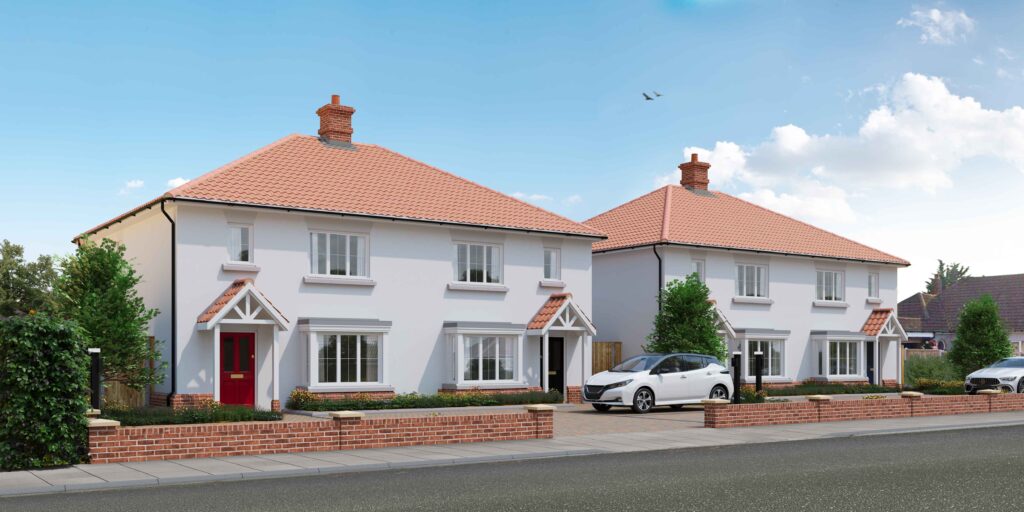
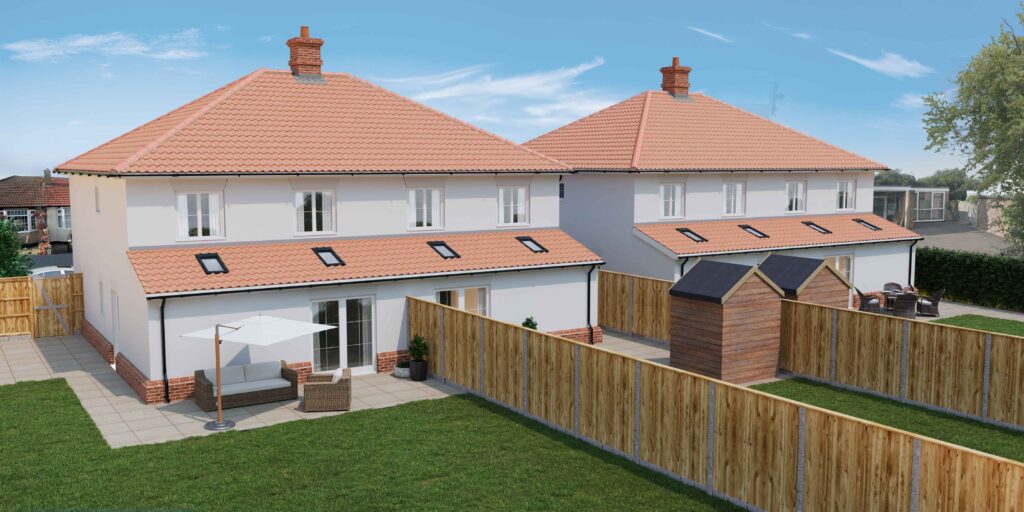
Each house has a bright living room, a large kitchen/family area, and a sunny, south-facing garden. There is parking for two cars, and it is just a short walk (approximately 750m) to Laindon Station, with easy access to London Fenchurch Street. The location also has shops, restaurants, parks, and good schools nearby, making it perfect for families and commuters.
Inside, you will find an open-plan kitchen and dining area filled with natural light, thanks to skylights and big windows. The garden is a great place for family gatherings or relaxing on sunny days. Upstairs, there are three good-sized bedrooms, with the main bedroom featuring its own en-suite bathroom. There is also a family bathroom and extra storage space.
When you buy a home from George Martin Limited, you are getting more than just a house, you are investing in over 60 years of experience. With a history of delivering quality homes in great locations, George Martin Limited is the smart choice for anyone looking to invest in property or find a long-term family home in Essex.
The new homes at New Century Road are the latest example of this quality, well-built, beautifully designed, and perfectly located. Secure your place in this exclusive development and enjoy the peace of mind that comes with buying from a trusted builder like George Martin Limited.
Take a look > here.

